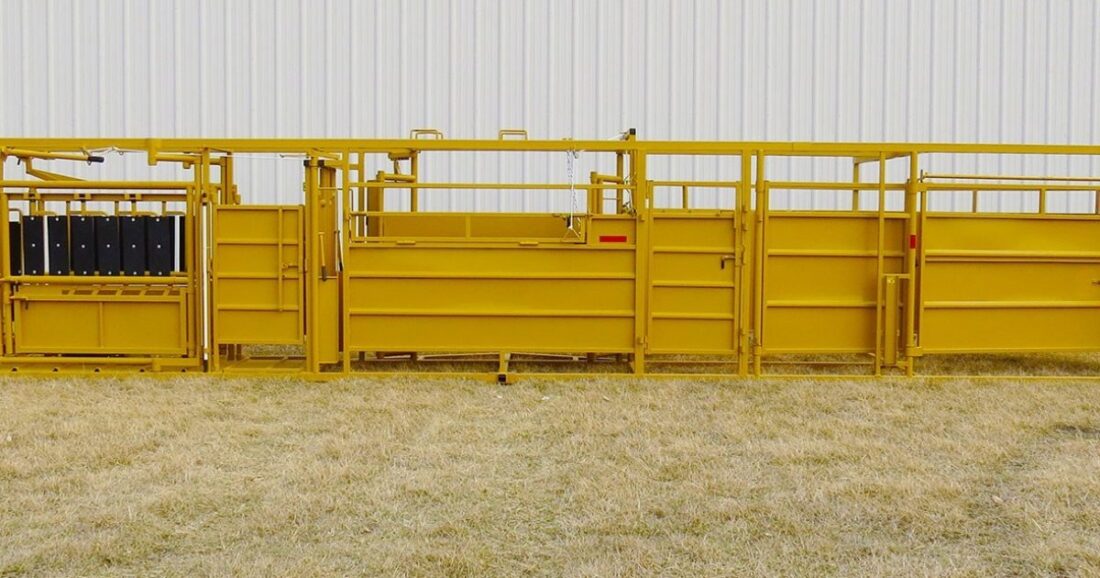A well-equipped farm doesn’t happen by accident; you have to make thoughtful planning and smart choices. The right equipment ensures your livestock stays healthy, your farm runs efficiently, and your investment pays off in the long term. But finding the perfect tools can be tricky. How do you balance quality, cost, and practicality?

This guide is here to help. We’ll cover everything from safety and durability to planning for future growth. Whether you’re starting fresh or upgrading old tools, the focus is on making informed decisions that suit your farm’s specific needs.
Understand the Needs of Your Livestock
Different animals have different needs. Cattle, sheep, goats, and poultry require distinct types of equipment. Start by identifying what will best support their health, comfort, and productivity. For example:
- Cattle need sturdy feeding troughs, waterers, and chutes for handling.
- Sheep and goats require smaller equipment like feeders and shearing tools.
- Poultry benefit from proper housing, feeders, and water systems.
Make a list of your livestock and note down their basic daily needs. This will give you a clear picture of what equipment you should prioritize.
Research Brands and Suppliers
Not all suppliers or brands are created equal. Spend some time reading reviews or asking other farmers for recommendations. Look for suppliers who specialize in livestock equipment and offer good customer support. A reliable supplier will also help you with warranties and replacement parts.
If you are looking for a trusted farm and ranch supply source, consider those with a wide range of high-quality products and competitive prices. Local suppliers may be a good choice for quick access but don’t overlook online options if they offer better selection or cost savings.
Assess Your Farm’s Infrastructure
Your farm’s layout and infrastructure play a big role in the type of equipment you’ll need. Ask yourself:
- Do you have enough space for large machinery or pens?
- Is your water system compatible with automatic waterers?
- Are there areas that need fencing or better lighting?
Matching your equipment to your farm’s setup ensures you don’t overspend on items that won’t fit or function effectively. For instance, if your barn has limited space, compact feeders or portable tools may be better options.
Prioritize Quality and Durability
When choosing livestock equipment, prioritizing quality is essential. While cheaper tools may seem like a good deal initially, they often lead to higher expenses over time because of frequent breakdowns or the need for replacements. Opt for durable materials designed to endure heavy usage, challenging weather conditions, and the natural wear caused by animals.
Key points to consider:
- Stainless steel or heavy-duty plastic for feeders and waterers.
- Rust-proof and weather-resistant coatings on gates and fencing.
- Well-designed structures that minimize the risk of injury to animals.
Investing in durable equipment means fewer breakdowns and better performance over time.
Focus on Animal Safety
Your livestock’s safety should always come first. Poorly designed equipment can cause injuries or stress to your animals, which can lead to health issues or reduced productivity. When shopping, look for:
- Smooth edges on feeders, waterers, and handling tools to prevent cuts.
- Fencing that’s appropriate for your animals (e.g., electric fencing for cattle or mesh for poultry).
- Handling equipment that minimizes stress during use, such as well-padded chutes.
Well-maintained equipment is also essential. Regularly inspect tools and structures for damage or wear.
Consider Your Budget
It’s easy to get overwhelmed by the range of equipment available, but sticking to your budget is important. Here are some tips to balance cost and quality:
- Start with essentials like feeding and watering systems.
- Look for secondhand options from trusted farm and ranch supply stores.
- Take advantage of discounts or seasonal sales to stretch your budget further.
If you are planning for long-term growth, it might make sense to invest in higher-end equipment upfront to avoid frequent replacements.
Plan for Growth and Flexibility
Think about your farm’s future needs. If you plan to increase your herd size or add new types of livestock, choose equipment that can adapt. For example:
- Adjustable feeders that can accommodate different sizes of animals.
- Modular fencing that allows for easy expansion or relocation.
- Multi-purpose tools that work for more than one type of livestock.
Planning can save you from repurchasing or upgrading equipment as your operation grows.
Final Thoughts
Choosing the right livestock equipment doesn’t have to be complicated. All you have to do is focus on your animals’ needs, your farm’s setup, and your budget. This will help you make smart decisions that improve efficiency and animal care. Always prioritize safety, durability, and long-term value when making purchases. Making informed choices now will save you time, money, and effort while keeping your livestock happy and healthy.



